Meta Title: Install or Update Printer Drivers Easily – Step-by-Step
Meta Description: Learn how to install or update your printer drivers in Windows using this complete guide. Fix issues and keep your printer running smoothly.
URL Slug: /install-update-printer-driver
Introduction
If your printer isn’t working as expected, or if you’ve just bought a new printer, chances are you need to install or update your printer driver. But what exactly is a printer driver, and why does it matter? In simple terms, a printer driver is a small piece of software that allows your Windows PC to communicate with your printer. Without the right driver, your computer and printer can’t “talk” to each other, which means you’ll run into errors, print jobs stuck in the queue, or even a printer that doesn’t print at all.
Keeping your printer driver updated ensures your printer works smoothly, supports all its features, and avoids common issues-especially after Windows updates. This guide will walk you through how to check, install, update, and troubleshoot printer drivers on Windows 10 and Windows 11, step by step.
What Is a Printer Driver and Why Is It Important?
A printer driver acts as a translator between your Windows operating system and your printer hardware. It converts the data from your computer into a format the printer understands. Without the correct driver, your printer may not print correctly, or at all.
Why keeping drivers updated matters:
- Fixes known bugs and errors
- Ensures compatibility with the latest Windows updates
- Unlocks new features or improved performance
- Prevents print jobs from getting stuck

Section 1: How to Check If Your Printer Driver Is Installed
Before installing or updating, it’s helpful to check if your printer driver is already installed and working.
To check your printer driver:
- Open Windows Settings:
- Press
Windows + Ito open Settings.
- Go to Devices > Printers & scanners (Windows 10) or Bluetooth & devices > Printers & scanners (Windows 11).
- Find your printer in the list.
- If it’s there and says “Ready,” the driver is likely installed.
- Check driver details:
- Click your printer > Manage > Printer properties.
- Go to the Advanced tab to see the driver name and version.
Tip: If your printer is missing or shows as “Driver unavailable,” you’ll need to install or update the driver.
Section 2: How to Install Printer Drivers
A. Automatic Installation (Plug-and-Play)
For most USB and WiFi printers, Windows will try to install the driver automatically.
USB Printers:
- Plug your printer into your PC using the USB cable.
- Turn on the printer.
- Windows should detect the printer and install the driver automatically.
- Wait for the “Device is ready” notification.
WiFi Printers:
- Connect your printer to your WiFi network (using the printer’s control panel or manufacturer’s app).
- On your PC, go to Settings > Printers & scanners.
- Click Add device and select your printer from the list.
If Windows doesn’t install the driver automatically, continue with the steps below.

B. Manual Installation (CD or Downloaded Driver)
1. Using the CD (if provided):
- Insert the printer’s CD into your PC.
- Follow the on-screen instructions to install the driver and software.
- Warning: CD drivers may be outdated. It’s best to download the latest version from the manufacturer’s website.
2. Download from Manufacturer’s Website:
Steps:
- Identify your printer model (usually on the front or back of the printer).
- Go to the manufacturer’s official website (e.g., HP, Canon, Epson, Brother).
- Navigate to the Support or Drivers section.
- Enter your printer model and select your Windows version (Windows 10/11).
- Download the latest driver and software package.
- Open the downloaded file and follow the installation prompts.
- Restart your PC if prompted.
Tip: Always download drivers directly from the manufacturer to avoid malware or compatibility issues.
Section 3: How to Update Printer Drivers via Windows Update
Windows Update is often the easiest way to keep your drivers up to date.
To update via Windows Update:
- Open Settings (
Windows + I). - Go to Update & Security > Windows Update (Windows 10) or Windows Update (Windows 11).
- Click Check for updates.
- If a new printer driver is available, Windows will download and install it automatically.
- Restart your PC if required.
Note: If Windows Update doesn’t find a driver, use the manufacturer’s website or Device Manager for a manual update.
Section 4: How to Manually Update or Reinstall a Driver from the Manufacturer’s Site
Sometimes, you’ll need to manually update or reinstall a printer driver-especially if you’re troubleshooting persistent issues.
A. Update via Device Manager
- Open Device Manager:
- Right-click the Start button and select Device Manager.
- Expand the Printers category.
- Right-click your printer and select Update driver.
- Choose Search automatically for drivers.
- Windows will look for the latest driver online and install it.
- If no update is found, choose Browse my computer for drivers and select the folder where you downloaded the driver.
B. Reinstall the Printer Driver
- Uninstall the current driver:
- In Device Manager, right-click your printer and select Uninstall device.
- Confirm and restart your PC.
- Install the new driver:
- Follow the steps in Section 2 to install the latest driver from the manufacturer’s website.
Tip: If you’re switching printers or troubleshooting, removing the old driver first can prevent conflicts.
C. Special Note for Windows on ARM PCs
If you have a Windows ARM device (like some Copilot+ PCs), you might not be able to use standard installers. Instead:
- Go to Settings > Bluetooth & devices > Printers & scanners.
- Click Add device and follow the prompts.
- If the manufacturer has specific ARM instructions, follow those.
To check if your PC is ARM-based:
- Go to Settings > System > About and look for “System type.”
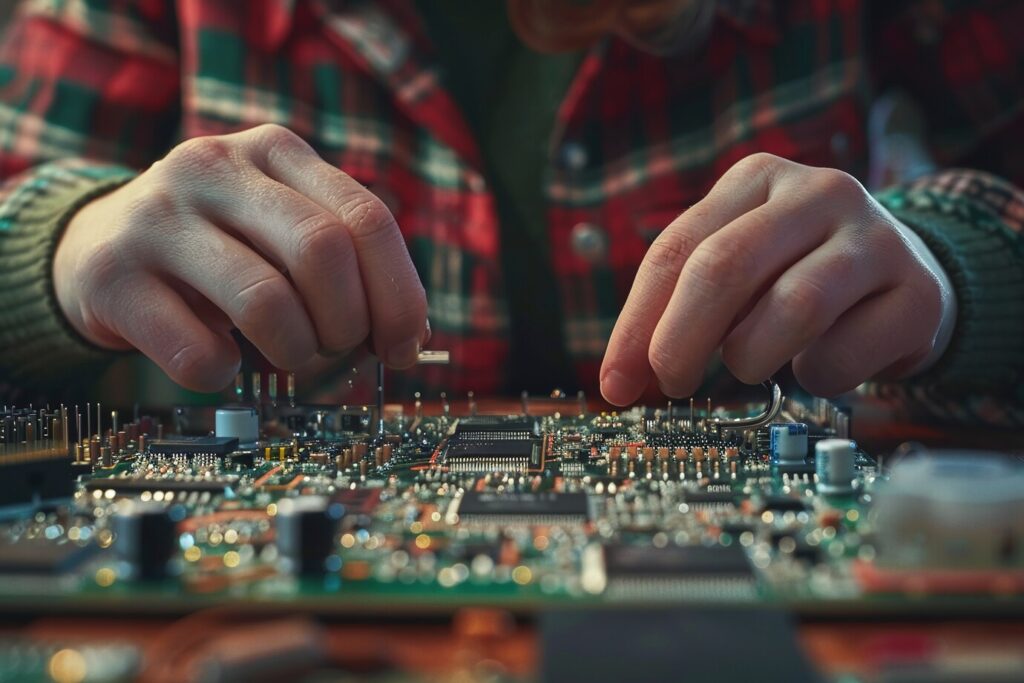
Section 5: Common Printer Driver Problems and How to Fix Them
Even with the right driver, issues can arise. Here’s how to fix the most common problems:
1. Printer Not Detected
- Check all cables and connections.
- Make sure the printer is powered on.
- Try a different USB port or cable.
- For WiFi printers, confirm both devices are on the same network.
2. Driver Unavailable/Error
- Uninstall the printer from Printers & scanners and Device Manager.
- Download and install the latest driver from the manufacturer’s site.
- Restart your PC.
3. Print Jobs Stuck or Not Printing
- Clear the print queue:
- Go to Printers & scanners, select your printer, and open the print queue.
- Cancel all jobs.
- Restart the Print Spooler service:
- Search for “Services” in the Start menu.
- Find Print Spooler, right-click, and select Restart.
4. Compatibility Issues
- Ensure you downloaded the driver for your exact Windows version (10 or 11, 32-bit or 64-bit, or ARM).
- For older printers, try using Windows’ built-in driver or a “universal” driver from the manufacturer.
5. Frequent Disconnections
- Assign a static IP to your WiFi printer.
- Update your router firmware.
- Ensure your PC’s network drivers are up to date.
Section 6: FAQs
Do I need a driver for a wireless printer?
Yes. Whether your printer is wired or wireless, you need the correct driver for Windows to communicate with it. Wireless printers often require additional setup using the manufacturer’s app or software.
What if Windows doesn’t detect my printer?
- Double-check all connections and power.
- For WiFi printers, ensure both devices are on the same network.
- Try adding the printer manually via Printers & scanners > Add device.
- Download and install the driver from the manufacturer’s website.
Can I use Windows Update for all printer drivers?
Windows Update covers most popular printers, but for the latest features or older models, it’s best to check the manufacturer’s site.
How often should I update my printer driver?
Check for updates every few months, after major Windows updates, or if you notice printing issues.
Is it safe to use third-party driver software?
Always use official drivers from your printer’s manufacturer. Avoid third-party driver tools, as they may be unsafe or incompatible.
Conclusion
Installing or updating your printer driver is essential for smooth, error-free printing on any Windows PC. Whether you’re setting up a new printer, troubleshooting issues, or just keeping your system up to date, following these step-by-step instructions will help you avoid headaches and keep your printer running at its best. Remember: always use official drivers, check for updates regularly, and don’t hesitate to consult your printer manufacturer’s support if you run into trouble. Happy printing!
Visual Suggestions:
- Screenshot of Windows “Printers & scanners” settings
- Screenshot of Device Manager with printer expanded
- Image of downloading a driver from HP/Canon/Epson website
- Alt text: “User updating printer driver in Windows 11 settings”
Internal Links:

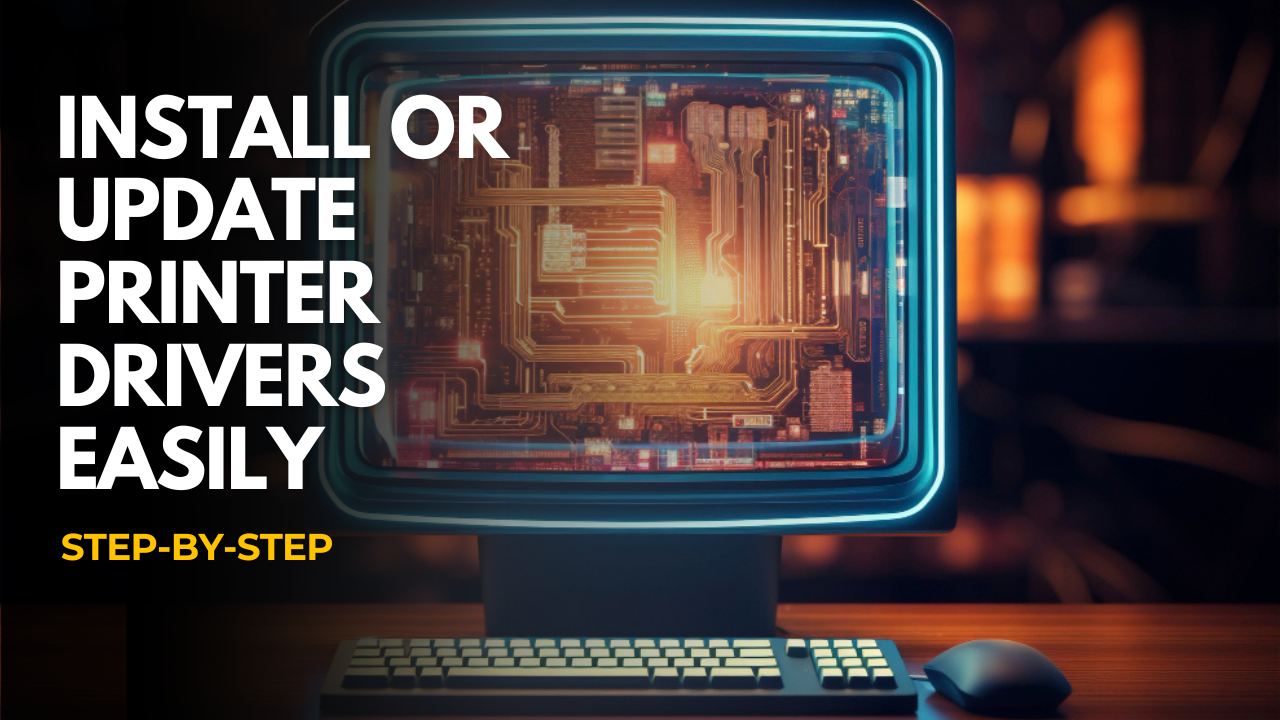
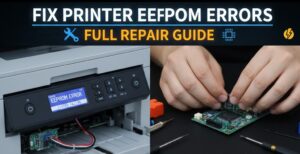
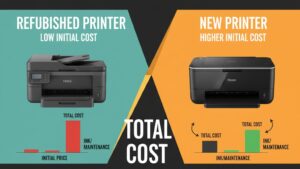
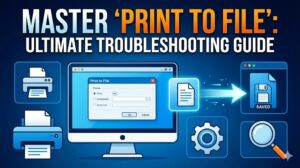
[…] Install or Update Printer Drivers Easily – Step-by-Step Learn More […]
[…] Install or Update Printer Drivers Easily – Step-by-Step Read More […]
[…] Install or Update Printer Drivers Easily – Step-by-Step […]
[…] .Install or Update Printer Drivers Easily – Step-by-Step learn More. […]
[…] Install or Update Printer Drivers Easily – Step-by-Step Learn More. […]
[…] Install or Update Printer Drivers Easily – Step-by-Step Read More. […]
[…] Install or Update Printer Drivers Easily – Step-by-Step Read More. […]